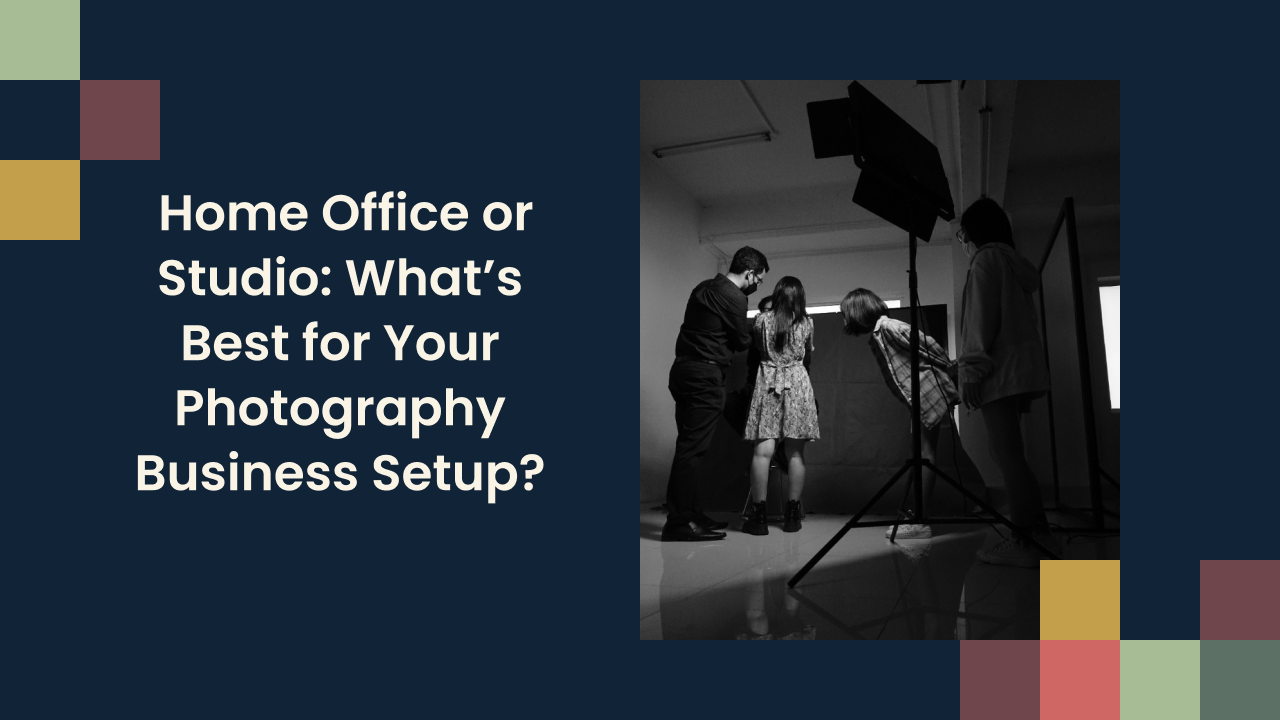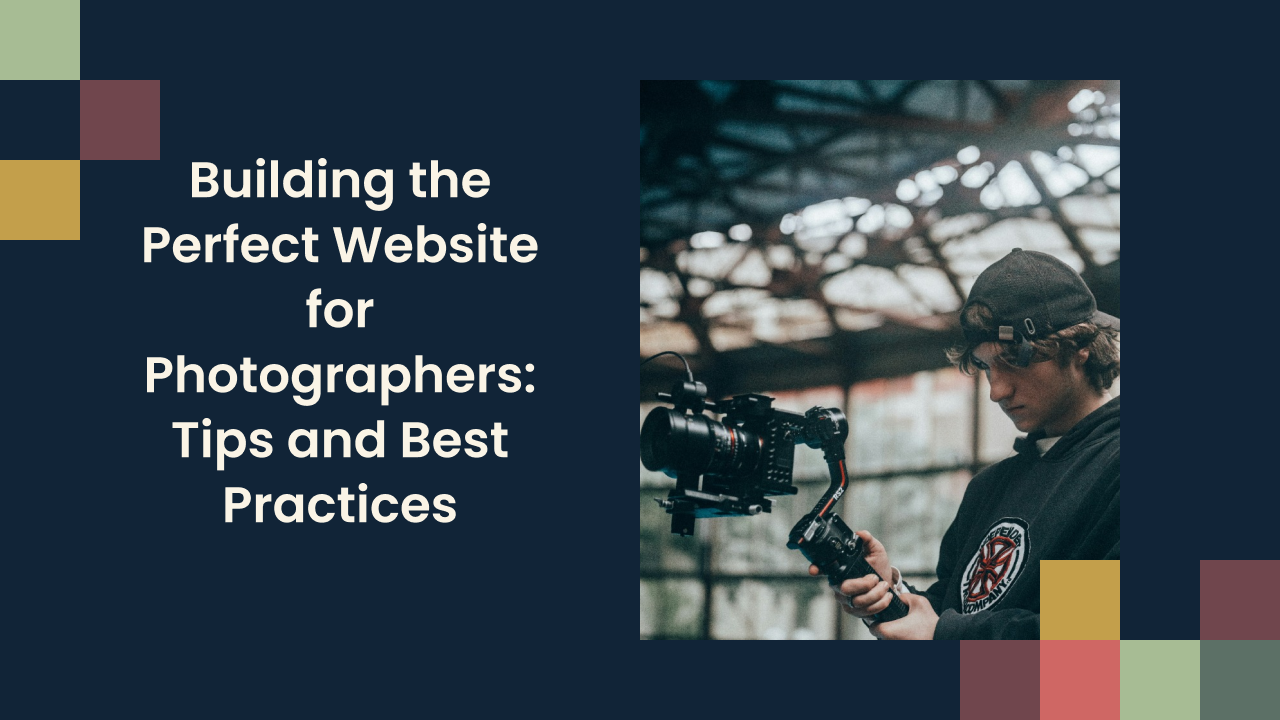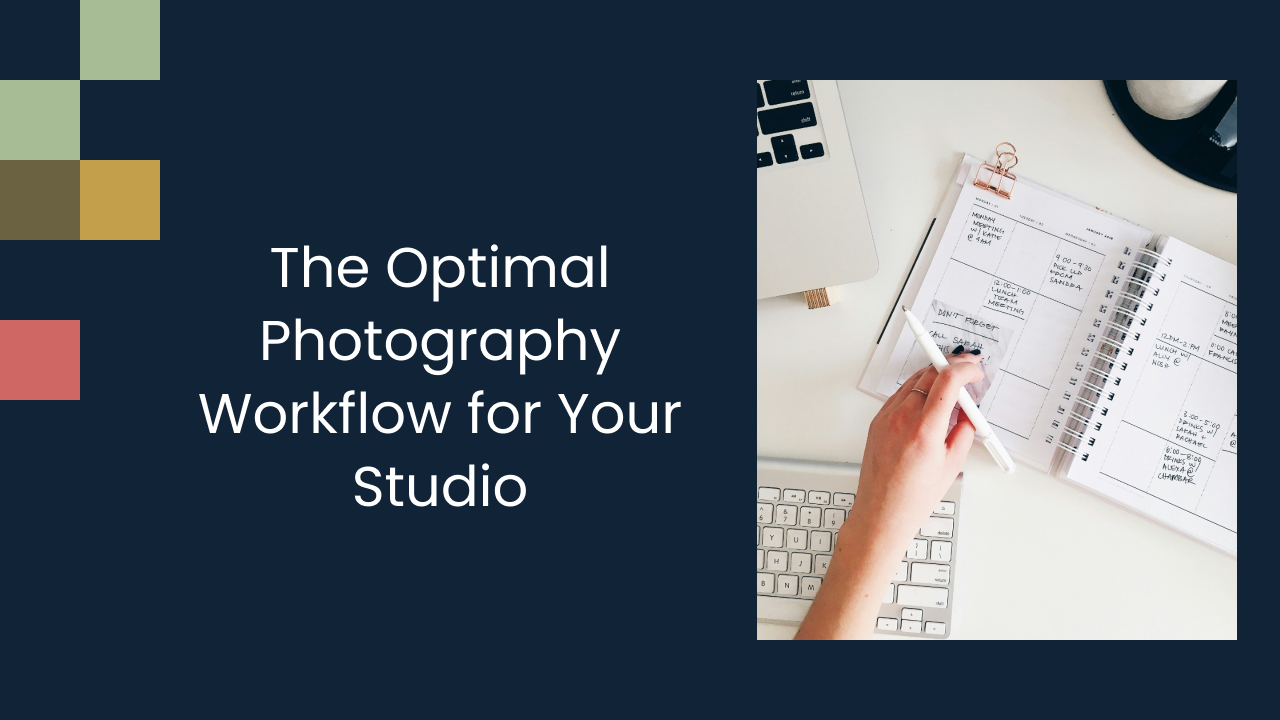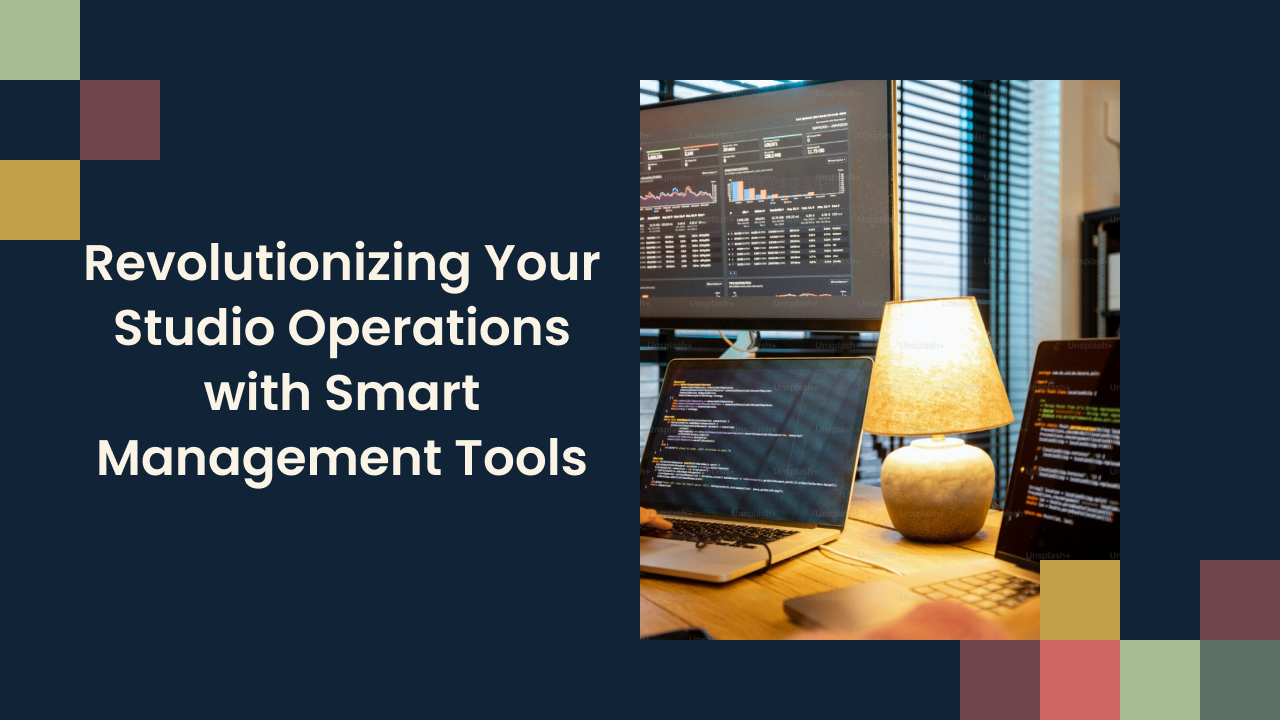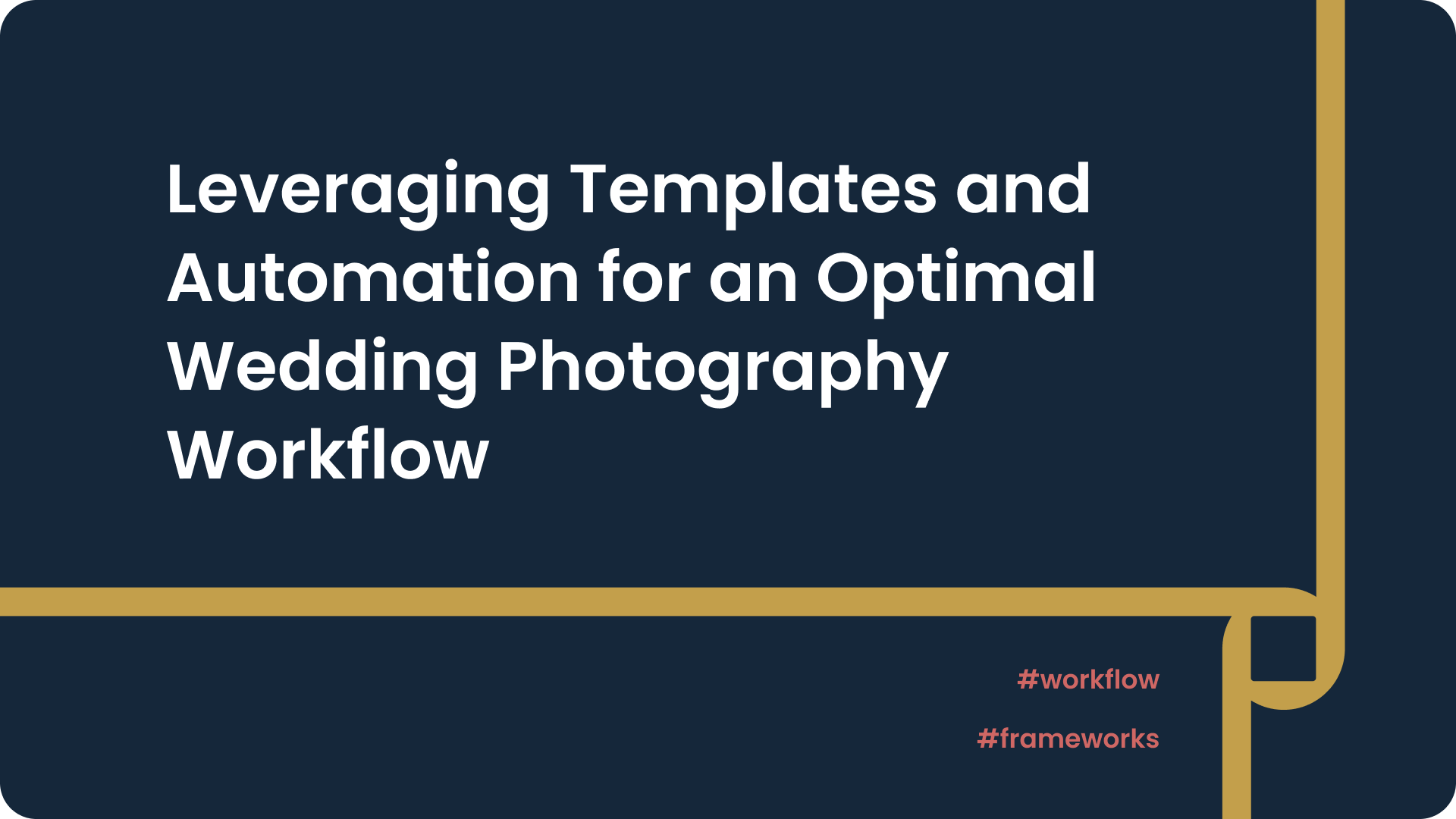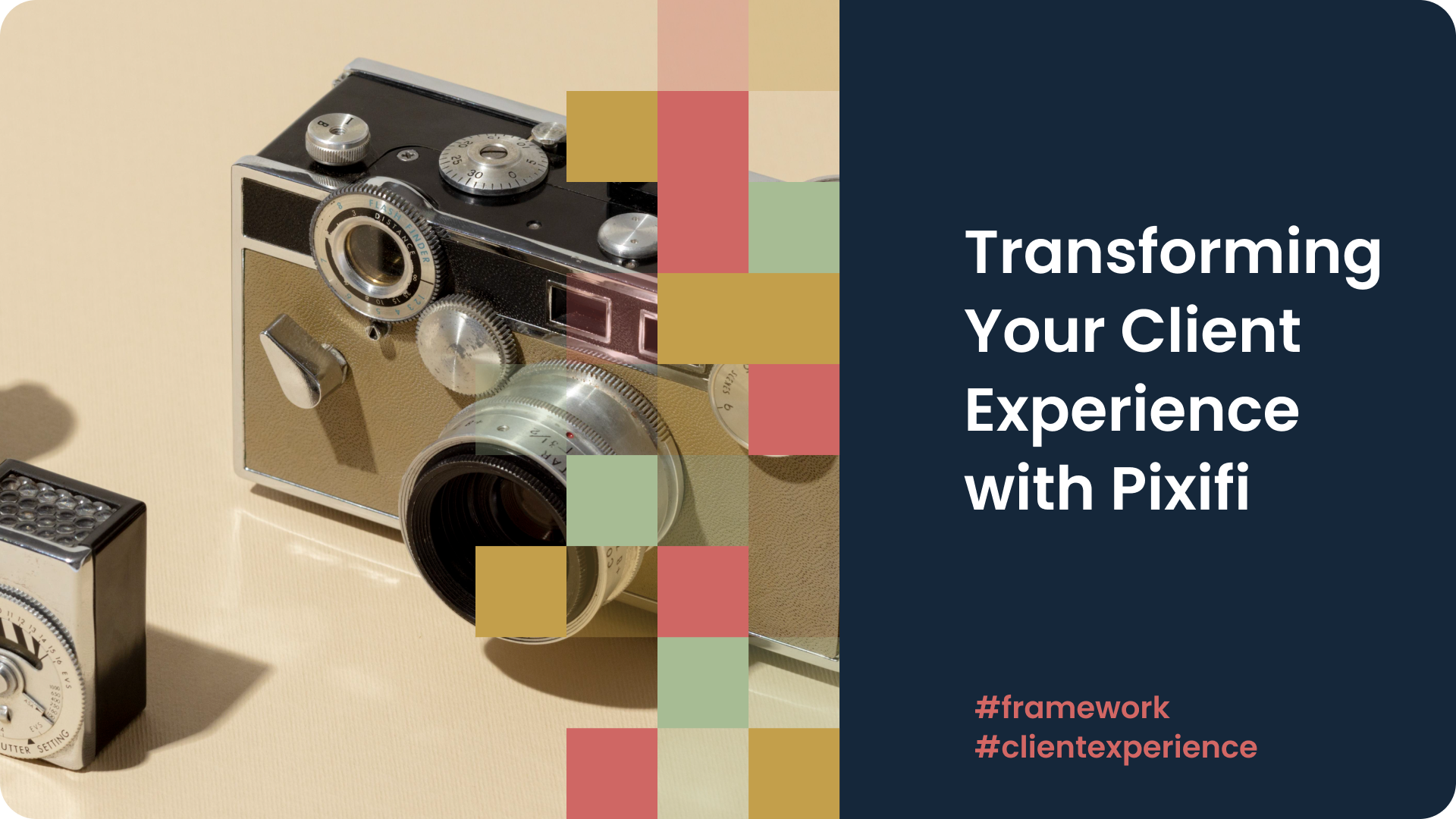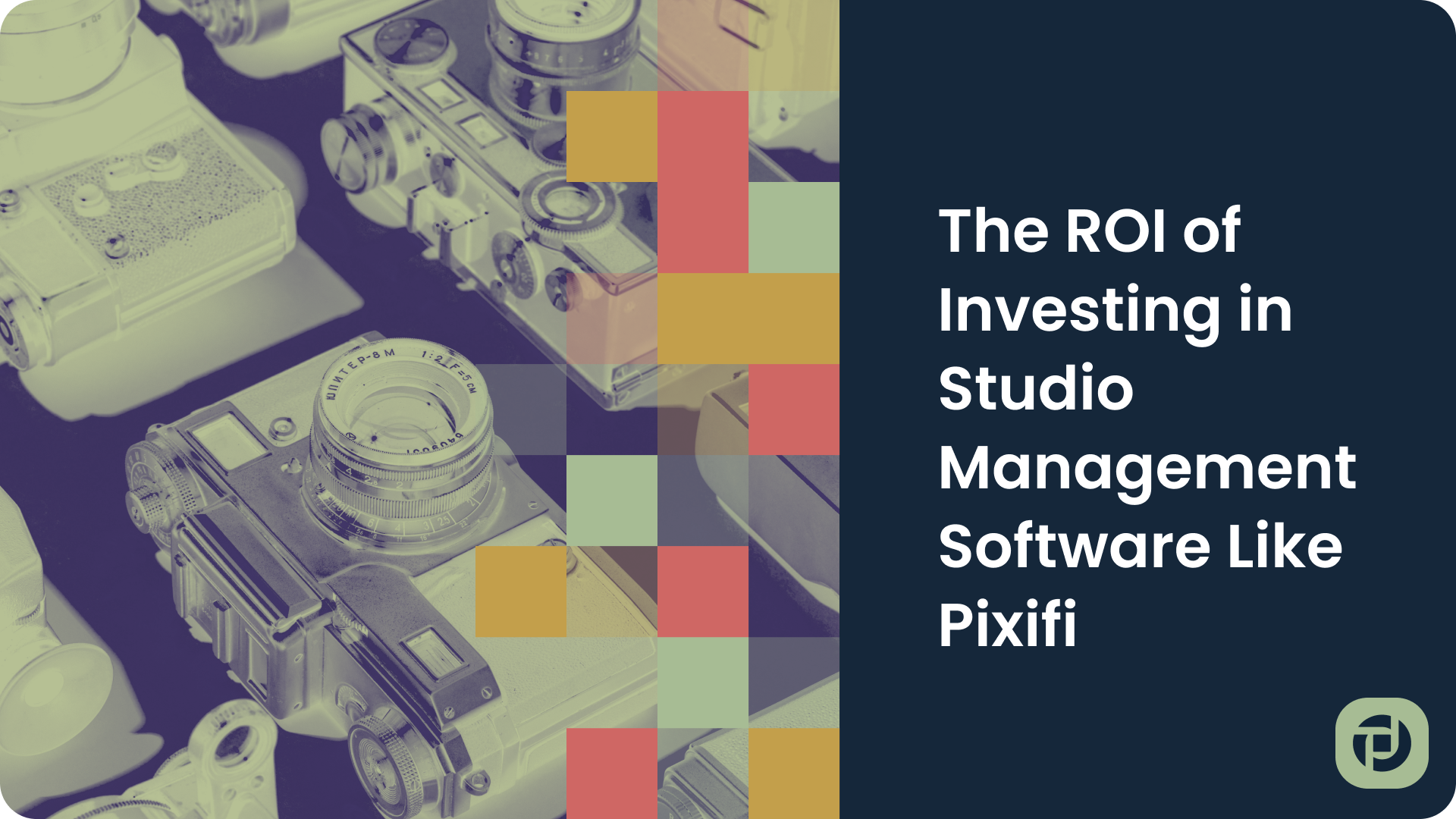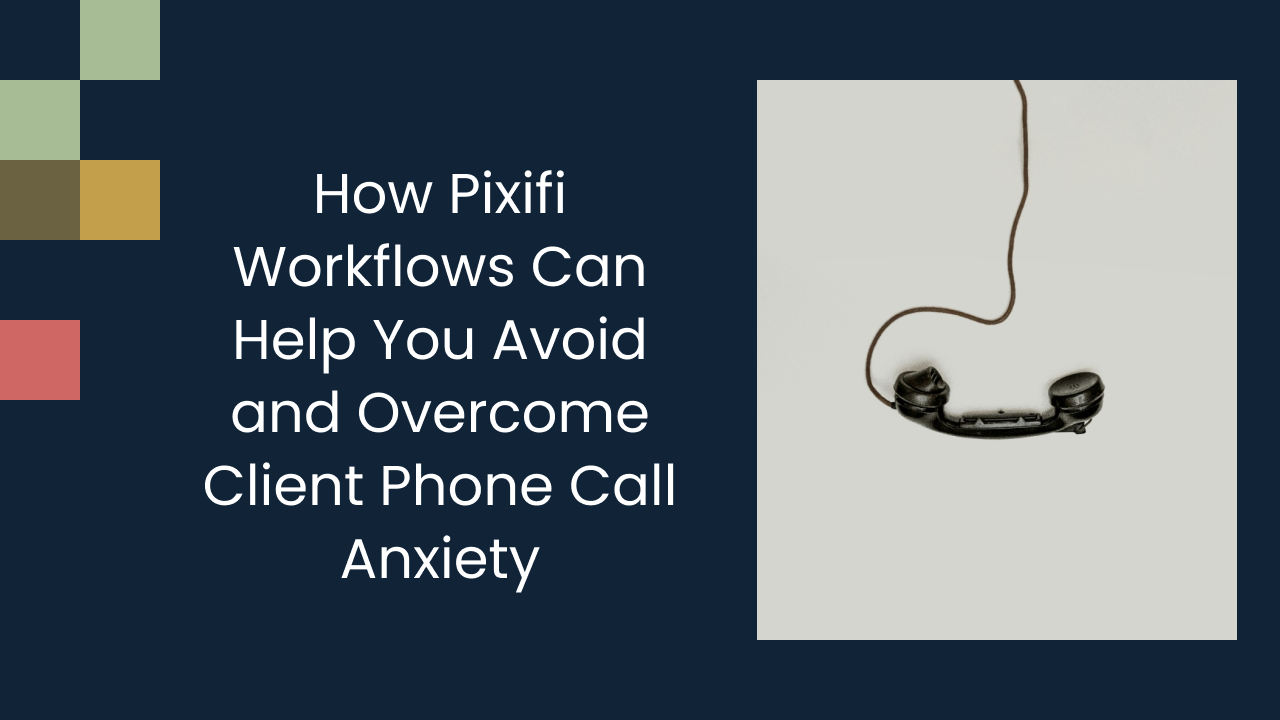Home Office or Studio: What’s Best for Your Photography Business Setup?
- Understanding the Basics of a Home Office Setup
- Pros and Cons of a Home Office Setup
- Essential Equipment for a Home Office Photography Setup
- Delving into the World of Photography Studios
- Must-Have Gear for a Photography Studio Setup
- Evaluating Your Photography Business Needs
- Making the Decision: Home Office or Studio?
- Pixifi CRM for Your Photography Business Setup
Understanding the Basics of a Home Office Setup
For many photographers, the convenience and flexibility of working from home make a home office an attractive option for their photography business setup. One of the primary advantages of a home office is cost savings. Renting a separate studio space can be expensive, while working from home allows you to allocate those funds to other aspects of your business.
However, a home office may also come with its own set of challenges. It's essential to have a dedicated space solely for your photography work to maintain a professional atmosphere. This means setting boundaries with family members or roommates to ensure an uninterrupted workflow.
Creating a home office that meets your needs as a photographer requires careful consideration of key features. Let's explore some of these features in more detail:
Ample Natural Light
Natural light is often preferred by photographers as it provides a more flattering and authentic look to images. When designing your home office, consider positioning your workspace near a window to maximize the use of natural light. You can also invest in light diffusers or curtains to control the intensity and direction of the light.

Storage Solutions
Keeping your photography equipment organized and easily accessible is crucial for a smooth workflow. Invest in shelves, cabinets, or bins to store your cameras, lenses, props, and other accessories. Having a well-organized storage system not only saves you time but also protects your valuable gear from damage.
Comfortable Seating
As a photographer, you'll be spending long hours editing photos or conducting client consultations in your photography studio setup. Having a comfortable chair is essential for your well-being and productivity. Look for ergonomic chairs that provide proper support for your back and neck, allowing you to focus on your work without discomfort.
Client-Friendly Area
If you plan to meet clients at your home office, it's important to create a welcoming space for your photography business setup where you can showcase your portfolio and discuss pricing packages. Consider setting up a designated area with comfortable seating, a display of your best work, and any necessary presentation materials. This will help create a professional and inviting atmosphere for your clients.
Pros and Cons of a Home Office Setup
Pros
- Cost-effective: Working from home eliminates the need for expensive studio rentals, allowing you to allocate your funds to other aspects of your business.
- Flexible work hours: With a home office, you have the freedom to set your own schedule and work at your own pace.
- Convenient for clients living nearby: If you have clients in your local area, having a home office can make it easier for them to reach you for meetings and consultations.
Cons
- Distractions from home life: Working from home can sometimes blur the boundaries between work and personal life, leading to potential distractions.
- Limited shooting space: Depending on the size of your home office, you may have limited space for setting up elaborate photography sets.
- Less professional image: Some clients may perceive a home office as less professional compared to a dedicated studio space.
Essential Equipment for a Home Office Photography Setup
When it comes to equipment, a home office photography setup requires the following essentials:
- A high-quality camera and lenses suitable for your photography niche
- Lighting equipment, including softboxes, umbrellas, and reflectors
- A sturdy tripod to ensure stability during photo shoots
- A reliable computer or laptop with photo editing software
- A color-calibrated monitor for accurate color reproduction
- Fast and reliable internet connection
Investing in the right equipment is crucial for producing high-quality images and delivering professional results to your clients. Take the time to research and choose equipment that suits your specific photography needs and style.

Delving into the World of Photography Studios
If you crave a more professional image or require additional shooting space, a photography studio setup may be the ideal choice for your business. A studio setup provides a controlled environment and allows you to offer services like studio portraits, product photography, or fashion shoots.
Defining a Professional Photography Studio
A professional photography studio often includes dedicated shooting areas, equipment storage, client waiting areas, and even makeup and styling stations. It provides an exclusive space for your photography work, separate from your personal life.
Advantages and Disadvantages of a Photography Studio Setup
Advantages
- Greater professionalism and perceived expertise: A Photography studio setup can enhance your professional image, attracting high-end clients and more significant opportunities.
- More space for various types of photography: Studios offer ample space for diverse photography setups, from portraits to product shoots.
- Access to professional-grade equipment and props: Studios typically house advanced equipment and a range of props, enhancing your creative capabilities.
Disadvantages
- Higher costs, including rent and utilities: Renting and maintaining a studio involves significant expenses.
- Commitment to fixed working hours: Operating a studio often requires adhering to regular business hours.
- Additional management responsibilities: Studios demand more administrative and operational management.

Must-Have Gear for a Photography Studio Setup
Setting up a functional photography studio requires certain essential gear:
- A backdrop system with different backdrop options
- A range of studio lighting equipment, including studio strobes or continuous lighting
- Light modifiers such as softboxes, beauty dishes, and snoots
- Props and furniture suitable for different photography styles
- Comfortable seating and a client viewing area
Evaluating Your Photography Business Needs
Before making a decision between a home office and a photography studio setup, it's important to evaluate your specific photography business needs.
Assessing Your Business Goals
Consider your long-term business goals. Do you aspire to work with high-end clients, collaborate with other industry professionals, or expand your photography services beyond your local area? Answering these questions will help determine whether a photography studio setup aligns better with your goals.
Determining Your Budget
Examine your budgetary constraints and carefully calculate the expenses associated with each option. Consider factors such as rent, utilities, equipment purchases, and maintenance costs. Don't forget to account for any potential increase in client bookings that may result from upgrading your workspace.
Considering Your Clientele
Understanding your target clientele can guide your workspace decision. If you primarily serve clients who prefer location shoots or offer niche photography services, a well-designed home office may be sufficient. On the other hand, if your target market values a high-end studio experience, investing in a dedicated studio space may be a wise decision.
Making the Decision: Home Office or Studio?
When deciding on the best setup for your photography business, consider the following factors:
Factors to Consider in Choosing Your Setup
- Your photography style and services offered
- Your budget and long-term business goals
- Your target market and client preferences
- Your ability to separate work and personal life
Transitioning Between a Home Office and Studio
Remember that your choice of setup doesn't have to be permanent. Many photographers start with a home office and upgrade to a studio once their business grows. Assess your progress periodically and be open to adjusting your setup as needed.
Balancing Practicality and Professionalism in Your Choice
Ultimately, the decision between a home office and a studio depends on finding the right balance between practicality and professionalism. Take into account your specific business needs, budget, and clientele to make an informed choice that sets your photography business up for success.
Pixifi CRM for Your Photography Business Setup
Pixifi is a comprehensive CRM software designed specifically for photographers. By integrating Pixifi into your business setup, whether in a home office or studio, you can streamline your workflow and enhance client management. Pixifi offers tools for scheduling, invoicing, client management, and more, making it an essential addition to any photography business setup.
To ease your transition to Pixifi, explore our clickable prototype that demonstrates how our platform works. This interactive demo allows you to see firsthand how Pixifi can streamline your business operations and improve your client management processes.
Frequently asked questions
A home office setup is cost-effective, offers flexible work hours, and is convenient for local clients. However, it may come with distractions and limited shooting space.
Consider factors like your photography style, budget, business goals, and client preferences. Evaluate the pros and cons of each option and determine which setup aligns best with your needs.
Essential equipment includes a high-quality camera and lenses, lighting equipment, a sturdy tripod, a reliable computer with photo editing software, and a color-calibrated monitor.
Pixifi CRM streamlines workflow, enhances client management, and offers tools for scheduling, invoicing, and client communication, making it a valuable addition to any photography business setup.

